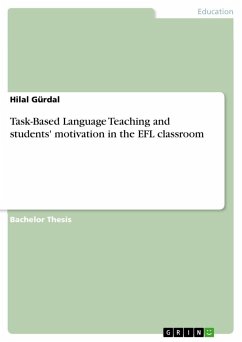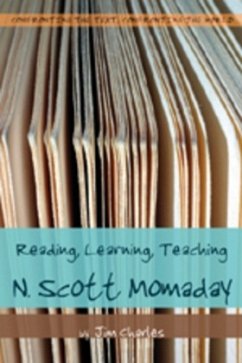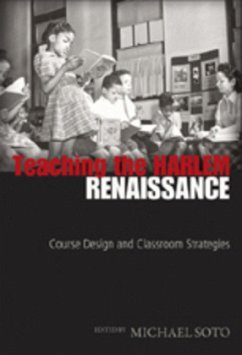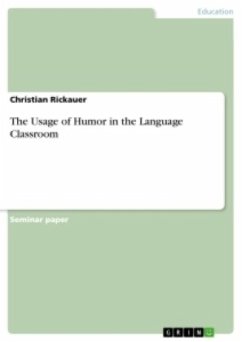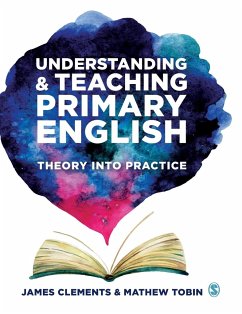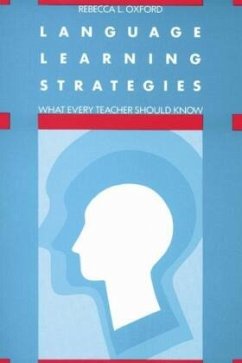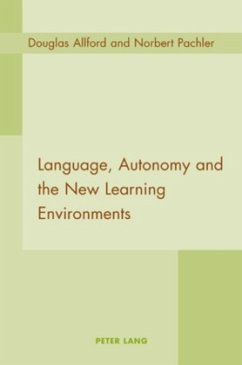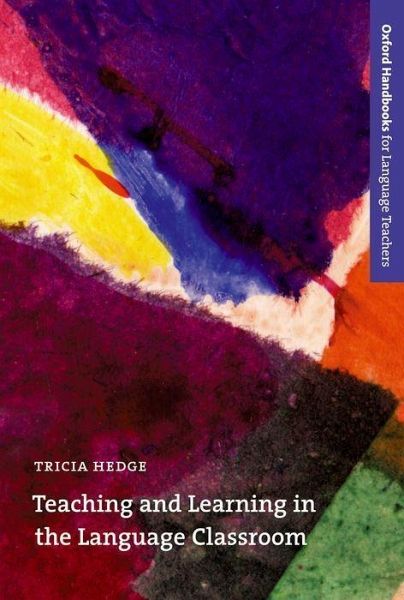
Teaching and Learning in the Language Classroom
A guide to current ideas about the theory and practice of English language teaching
Versandkostenfrei!
Versandfertig in 3-5 Tagen
49,99 €
inkl. MwSt.

PAYBACK Punkte
25 °P sammeln!
This book gives teachers a thorough grounding in current ideas about the theory and practice of English language teaching. However much experience you have as a teacher, it can help you to develop professionally. It does this by encouraging you to think about the many possibilities and challenges that ELT methodology presents, and then apply these insights to your own teaching.
Dieser Artikel kann nur an eine deutsche Lieferadresse ausgeliefert werden.




